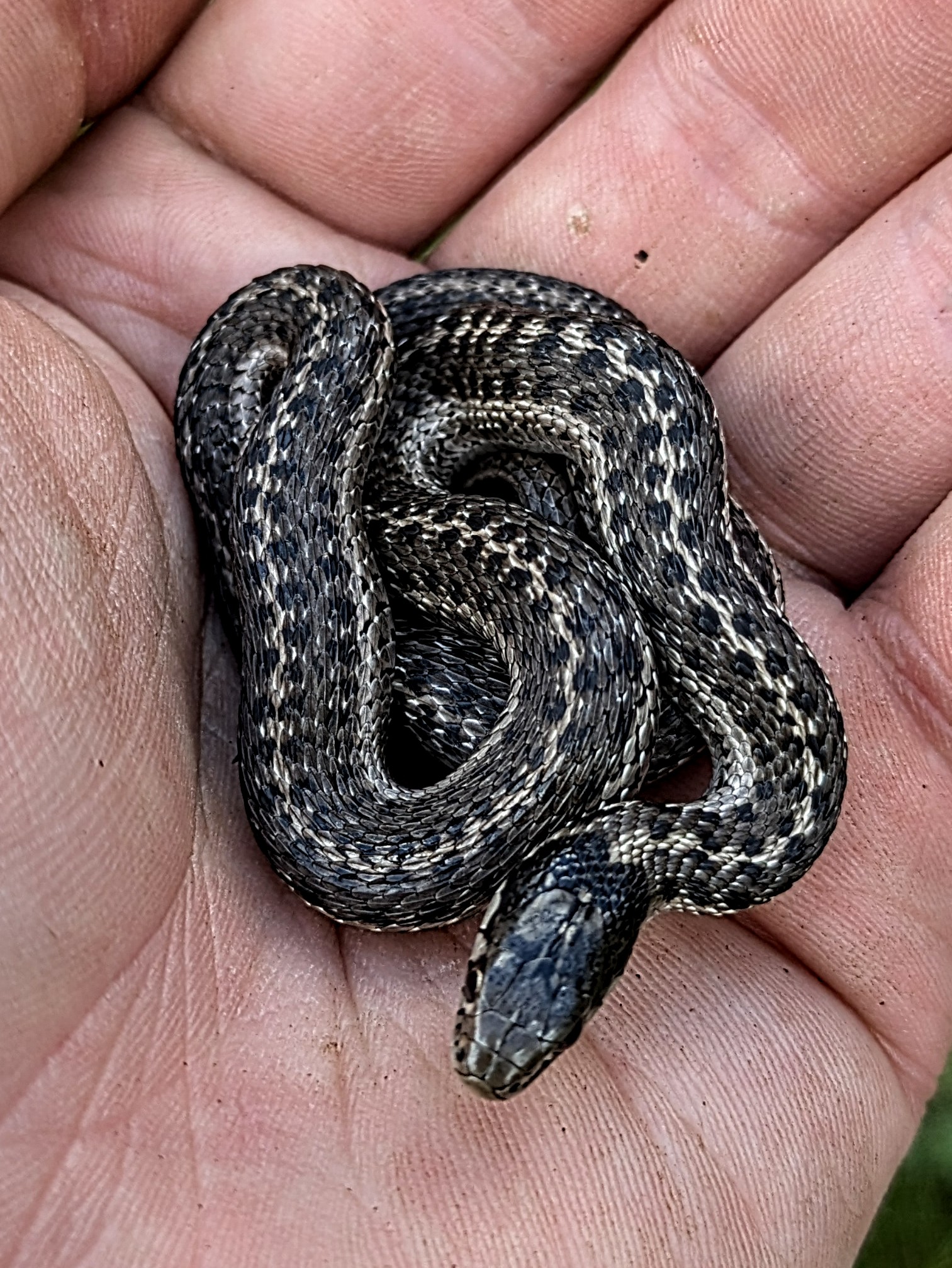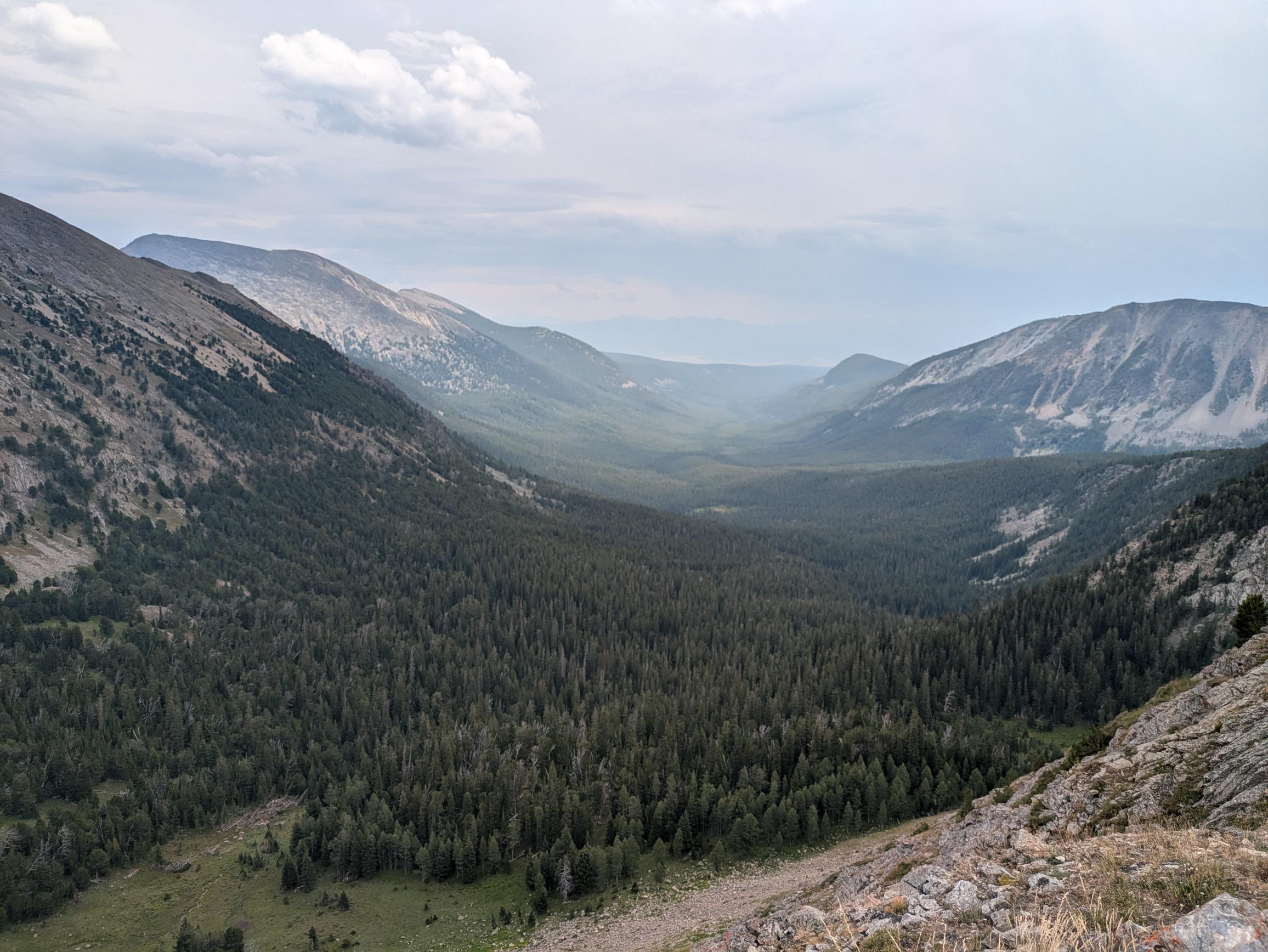August has come and gone on the Beaverhead-Deer Lodge National Forest and has been filled with a number of new and continuing projects. Rare plant monitoring in Maxville Montana has continued as we search for rare species of Botrychium, Agoseris, and Erythranthe. Whitebark Pine surveys have continued through August, however we have begun transitioning away from Whitebark Pine and more towards our rare plant species.
Seed collection is in full swing as we begin to collect the desired species of our forests. Some of the species that have been collected so far include Berberis repens, Geum macrophyllum, Festuca campestris, Gaillardia aristata, Pershia tridentata, Geranium viscosissimum and Phacelia hastata.
This month I had the privilege of joining the wildlife crew for a field day working on lynx habitat monitoring. Using points generated by a habitat model, we hiked to different locations and used a coverboards to determine habitat viability as well as looked for sign of lynx prey species.
Some fun wildlife encounters from this month have included white-tail and mule deer, columbia-spotted frogs, garter snakes, and some interesting looking cyanobacteria.

A new project that I was able to participate in was lichen monitoring. The Montana Natural Heritage Program has plots set out for monitoring on a decade long cycle where species classification and prevalence are determined for the area. This monitoring research is going towards habitat and air quality as lichens are a determining factor in air quality in certain environments.
Pollinator surveys have continued with a hike up to Goat Flats in hopes of capturing some high-altitude bees in subalpine regions of the Beaverhead-Deer Lodge National Forest. Aside from the amazing view this experience was particularly memorable since the crew got caught in a lighting and hailstorm that left us soaking wet and high-tailed for the truck.

August has been filled with inclement weather as Montana transitions from extreme heat to extreme storms. Fires continue to rage in Montana and all around the Beaverhead-Deer Lodge National Forest caused by both human activity and lightning storms that have been raging through the state.
